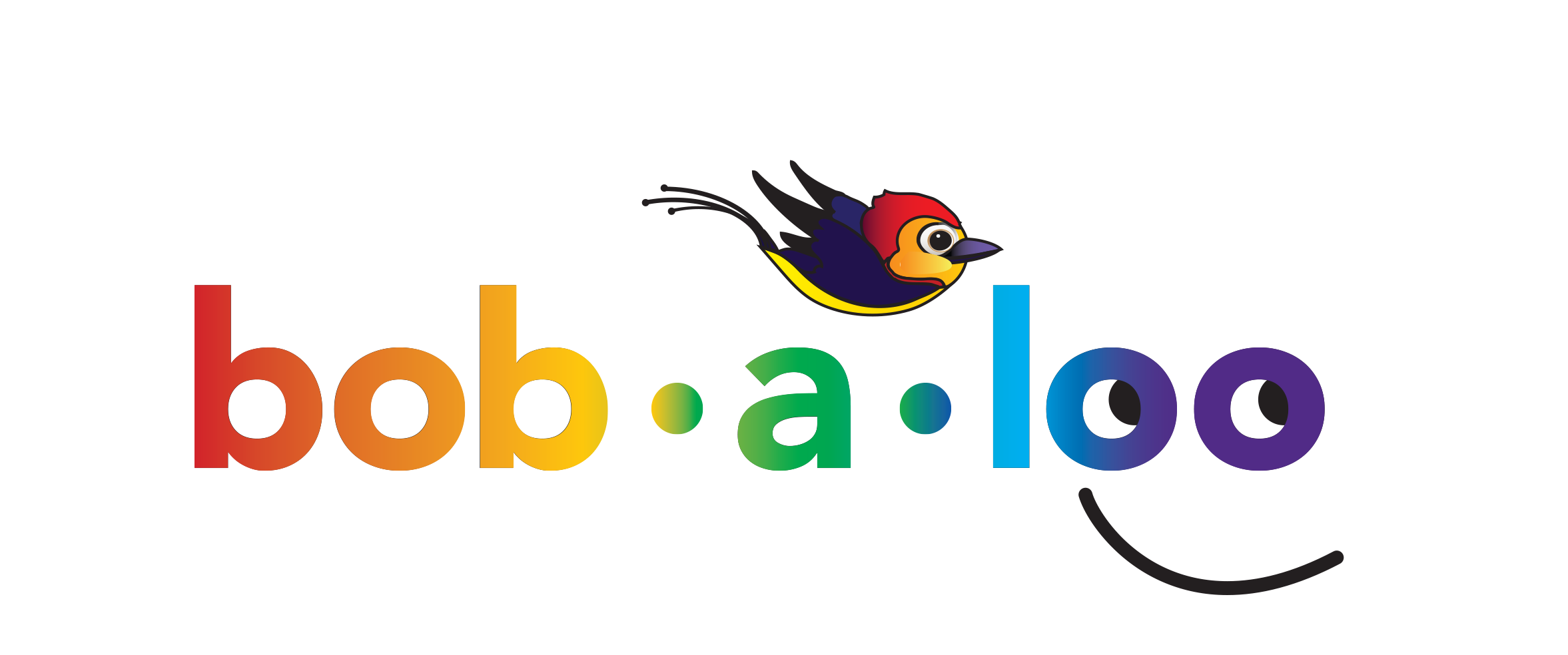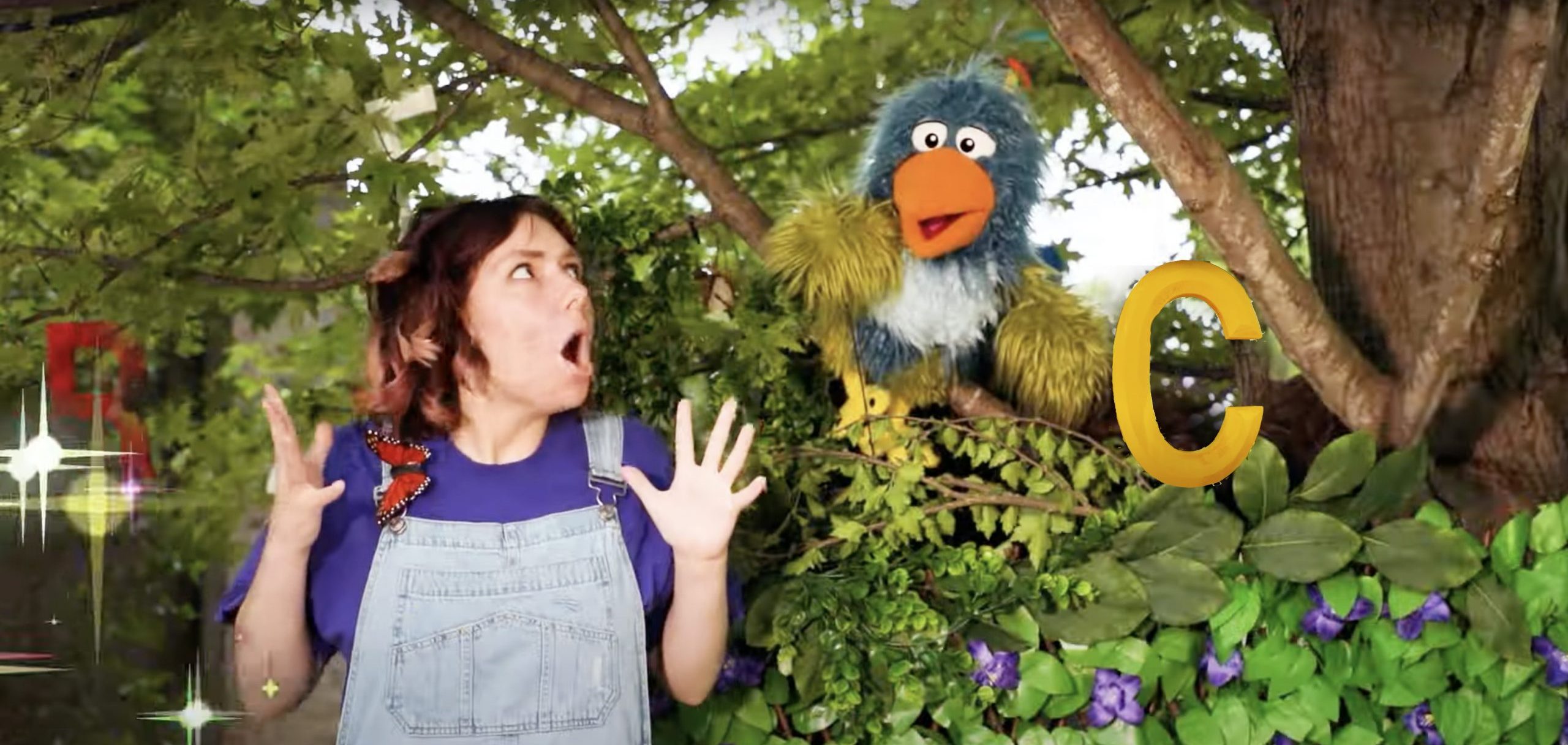"C" Cat Cheetah Cub Adventure Starts Here
Begin with Alfie’s Letter C Video
After introducing the letter C to your class, enjoy the Alfie’s Letter C video!
Kids should stand and move to all the videos. Remember, research shows kids retain information better when they are up and moving. March in place, dance or follow along to the moves.
The Letter
The Animal
C
Cat–cheetah cat
The Movement
Get down low on all fours and imagine silently moving through the tall African grass. Hold still, and then, stand and charge as fast as you can. It’s called a cheetah charge and they are loads of fun to do again and again. If space is limited, you can pretend to run super-fast in place. Pick your knees up high and move your arms.
Thought Starters
Using their imaginations children can move around like cheetahs making friends, sounds, and gestures while they experience the joy that comes from pretend play.
-
How would it feel to be a cheetah?
-
How would you move?
-
Can you move fast?
-
Can you move slow?
-
Who would you make friends with?
-
What would you do for fun?
-
What sounds would you make?

